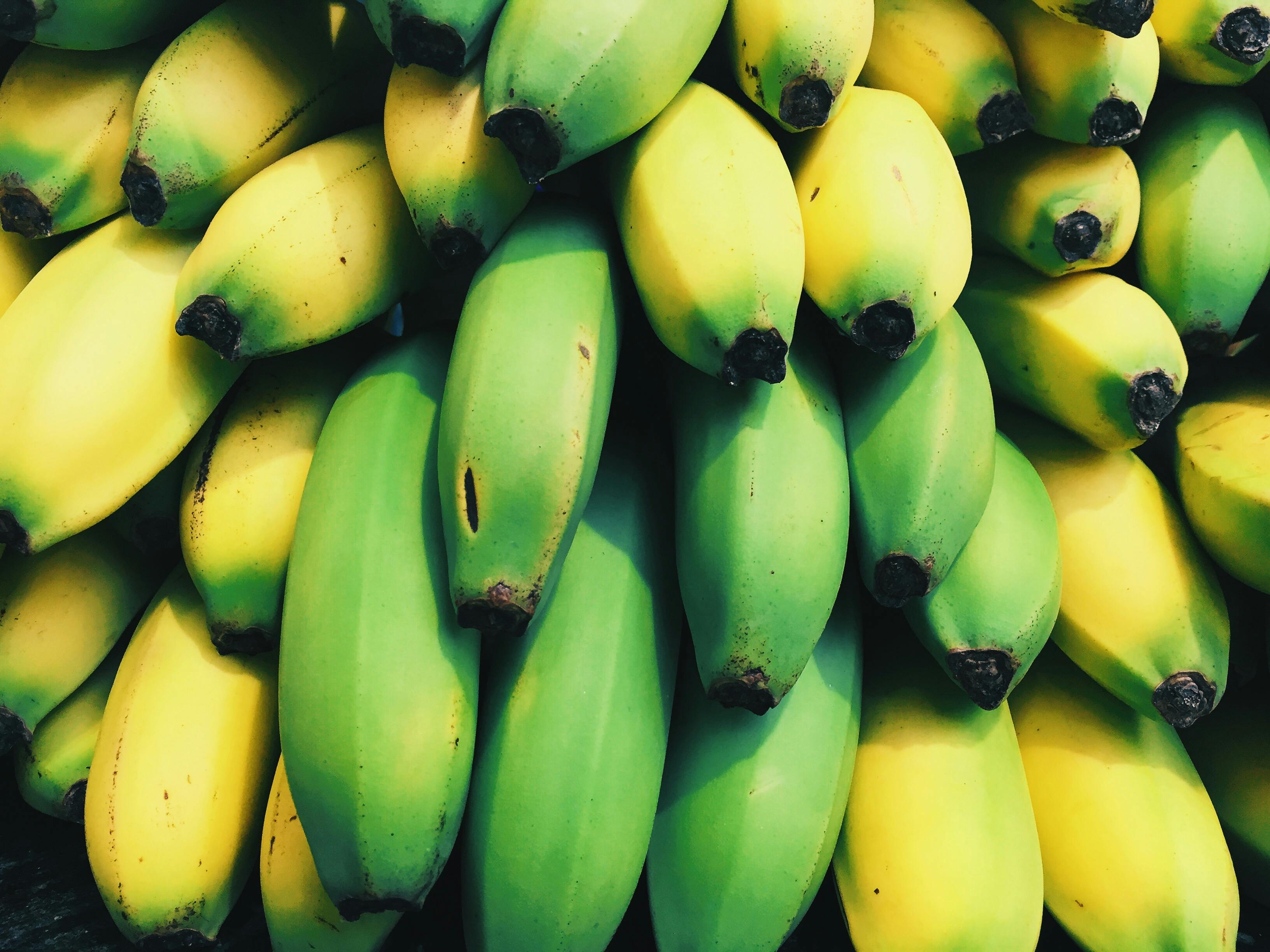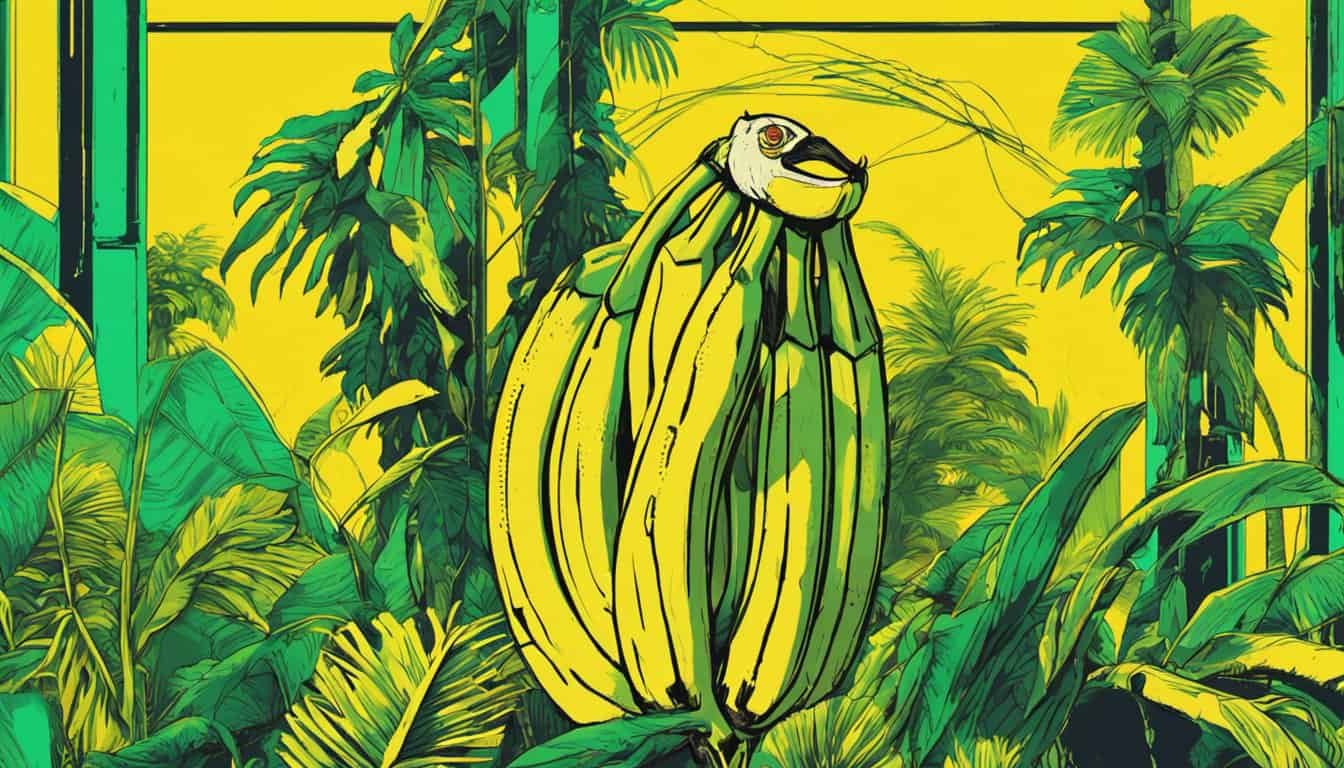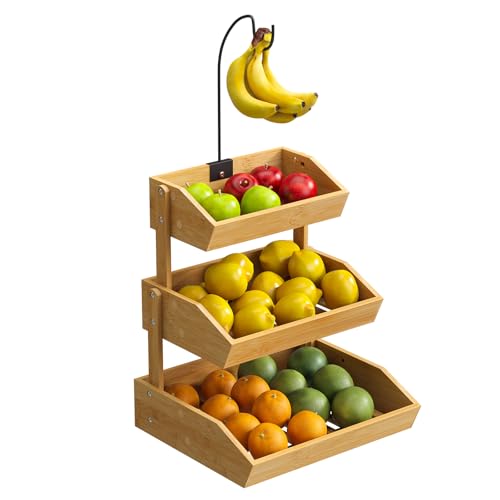Key Takeaways
- Bananas were first domesticated around 7,000 BCE in Southeast Asia and the South Pacific, establishing a foundation for global cultivation.
- Through ancient trade routes like the Silk Road, bananas spread to India by 5,000 BCE and Africa by 300 CE, becoming essential in diverse cultures.
- Genetic diversity and selective breeding have led to resilient and productive banana varieties, ensuring their status as a staple crop worldwide.
- Banana plantations have significantly influenced economies, particularly in Latin America and Africa, by creating jobs and driving international trade.
- Beyond their nutritional value, bananas hold cultural significance in mythology, art, and traditional practices, highlighting their integral role in various societies.

Bananas are more than just a tasty snack—they’ve been a part of human life for thousands of years. I’ve always been fascinated by how this simple fruit has woven its way into so many cultures around the world.
Tracing their origins back to prehistory reveals an incredible journey. From their beginnings in Southeast Asia to spreading across continents, bananas have played a pivotal role in shaping societies and economies. Join me as we explore the rich history of bananas and uncover the stories behind their global popularity.
Early Beginnings of Bananas
Bananas originated in the tropical regions of Southeast Asia and the South Pacific. Around 7,000 BCE, early humans in Papua New Guinea began cultivating wild banana species. These indigenous varieties were selected for larger and sweeter fruits, laying the foundation for modern bananas.

The cultivation spread to India by 5000 BCE, where bananas became a staple in local diets. From India, bananas reached Africa by 300 CE through trade routes. In Africa, bananas adapted to diverse climates, enhancing their role in agriculture and economies.
Key regions and milestones in early banana cultivation:
- Papua New Guinea (7000 BCE): Domestication of wild bananas.
- India (5000 BCE): Expansion of banana cultivation and integration into cuisine.
- Africa (300 CE): Introduction of bananas via trade, adaptation to various environments.
The successful domestication and spread of bananas were driven by their nutritional value and versatility. These factors ensured bananas became a vital crop in multiple continents long before global exploration.
Evolution and Diversity
Bananas have evolved into numerous varieties, showcasing their adaptability and rich genetic diversity. This evolution underpins the bananas we cultivate and enjoy today.
Wild vs. Cultivated Varieties
Wild bananas, native to Southeast Asia and Africa, feature large seeds and diverse flavors. These species grow in natural habitats, preserving extensive genetic variation. In contrast, cultivated bananas like the Cavendish, Gros Michel, and Plantain offer seedless flesh and consistent sweetness. I propagate these cultivated varieties through cloning, ensuring uniformity and scalability for commercial production.
Genetic Adaptations
Bananas exhibit genetic adaptations that enhance their resilience and productivity. They develop resistance to specific pests such as the banana weevil and diseases like Panama disease through selective breeding. Additionally, genetic modifications improve traits like yield, drought tolerance, and fruit quality. These adaptations enable bananas to thrive in varied climates, from humid tropical regions to drier subtropical areas, supporting their status as a global staple crop.
Spread Across Continents
As bananas journeyed beyond their tropical origins, they became vital to numerous civilizations worldwide. Their adaptability and nutritional benefits spurred their cultivation and integration into diverse cultures.
Bananas in Ancient Civilizations
I found that bananas reached India by 5000 BCE, becoming a key dietary component. In ancient China, bananas appeared around 200 CE, enhancing agricultural diversity. African civilizations adopted bananas by 300 CE through established trade networks, making them a staple in their diets and farming practices.
In Central America, indigenous peoples cultivated bananas by the 10th century, long before European contact. These early growers valued bananas for their ease of cultivation and nutritional richness, embedding them into local traditions and cuisines.
Trade Routes and Distribution
Trade routes like the Silk Road played a crucial role in distributing bananas across continents. Arab traders introduced bananas to West Africa, where the climate supported their growth. During the Age of Discovery, European explorers brought bananas to the Americas, establishing plantations in the Caribbean and Central America.

Advancements in transportation, such as refrigerated ships in the 19th century, enabled bananas to be exported fresh to Europe and North America. This innovation boosted their international popularity, making bananas a globally recognized and consumed fruit.
Cultural Significance
Bananas in Mythology and Art
Bananas appear in various mythologies, symbolizing fertility and abundance. In Hindu mythology, the banana tree is sacred, representing prosperity and is often used in religious ceremonies. African folklore frequently features bananas as symbols of community and sustenance. Artists worldwide incorporate bananas into their work, from Andy Warhol’s iconic prints to traditional carvings in Southeast Asia. These artistic representations highlight bananas’ role beyond nutrition, showcasing their cultural and spiritual importance.
Impact on Societies
Bananas shape economies and daily life in many regions. In Latin America, banana plantations create jobs and drive local economies, while also influencing trade relationships globally. Nutritionally, bananas provide essential vitamins and minerals, supporting public health initiatives in developing countries. Socially, bananas feature in traditional cuisines and festivals, strengthening cultural identities. Additionally, the banana industry has spurred advancements in agricultural practices and sustainability efforts, reflecting its integral role in societal development.
Conclusion
Tracing the origins of bananas has been an eye-opening experience for me. It’s incredible to see how this simple fruit has connected so many cultures and shaped economies around the world.
I love thinking about how bananas adapted to different climates and became a staple in so many diets. Their journey from ancient Southeast Asia to every corner of the globe shows just how resilient and versatile they are.
Next time I peel a banana, I’ll remember the rich history and the countless lives it has touched over thousands of years. It’s more than just a tasty snack—it’s a symbol of our shared human story and the amazing ways we’ve interacted with the natural world.

« Delicious Low-Carb Keto Banana Bread Recipe with Almond Flour and Cream Cheese
Bananas in Ancient Times: From Southeast Asia to the Mediterranean – The Untold Story »
Exploring the story of bananas has deepened my appreciation for them and reminded me of the intricate connections that link us all.
Frequently Asked Questions
Where did bananas originate?
Bananas originated in Southeast Asia and the South Pacific, with the earliest cultivation dating back to around 7,000 BCE in Papua New Guinea. From there, they spread to other tropical regions through trade and exploration.
How did bananas spread to different parts of the world?
Bananas spread through established trade routes, reaching India by 5000 BCE and Africa by 300 CE. European explorers introduced them to the Americas during the Age of Discovery, and advancements in transportation, like refrigerated ships, further boosted their global distribution.
What is the difference between wild and cultivated bananas?
Wild bananas have large seeds and diverse flavors, while cultivated varieties like Cavendish and Plantain are seedless and bred for uniformity. Cultivated bananas are preferred for commercial production due to their consistent quality and ease of propagation.
Why are bananas important to various cultures?
Bananas hold cultural significance in many societies, symbolizing fertility and abundance in mythologies. They are used in religious ceremonies, traditional cuisines, and festivals, reflecting their integral role in cultural identities and daily life.
How do bananas impact economies?
Bananas are a vital crop for many economies, especially in Latin America. Plantations provide jobs, influence trade relationships, and drive agricultural advancements. The banana industry also supports sustainability efforts and contributes to public health initiatives through their nutritional value.
What genetic adaptations help bananas thrive?
Bananas have undergone genetic adaptations to enhance resilience and productivity, including resistance to pests and diseases. Improvements in yield and fruit quality ensure that bananas can thrive in various climates, maintaining their status as a global staple crop.
How have bananas influenced ancient civilizations?
Bananas became key dietary components in ancient India by 5000 BCE and were adopted by African civilizations by 300 CE. In Central America, indigenous peoples integrated bananas into their traditions and cuisines, showcasing the fruit’s versatility and importance across different societies.
What role do bananas play in nutrition?
Bananas are highly nutritious, providing essential vitamins and minerals. They support public health initiatives in developing countries and are a staple in traditional diets, offering a reliable source of energy and nourishment in various cultures.
How have bananas been represented in art and mythology?

Bananas appear in various mythologies as symbols of fertility and abundance. Artists like Andy Warhol and traditional Southeast Asian carvers incorporate bananas into their work, highlighting the fruit’s cultural and spiritual importance across different artistic expressions.
What advancements have been made in banana cultivation?
Advancements in banana cultivation include developing varieties with greater pest and disease resistance, improving yields, and enhancing fruit quality. These innovations ensure bananas remain a reliable and sustainable crop, capable of meeting global demand.
















